Almost 30 Aircraft of IndiGo Grounded Due To Engine Issues; Airline Considering CFM Engines For Future
Radhika Bansal
19 May 2023
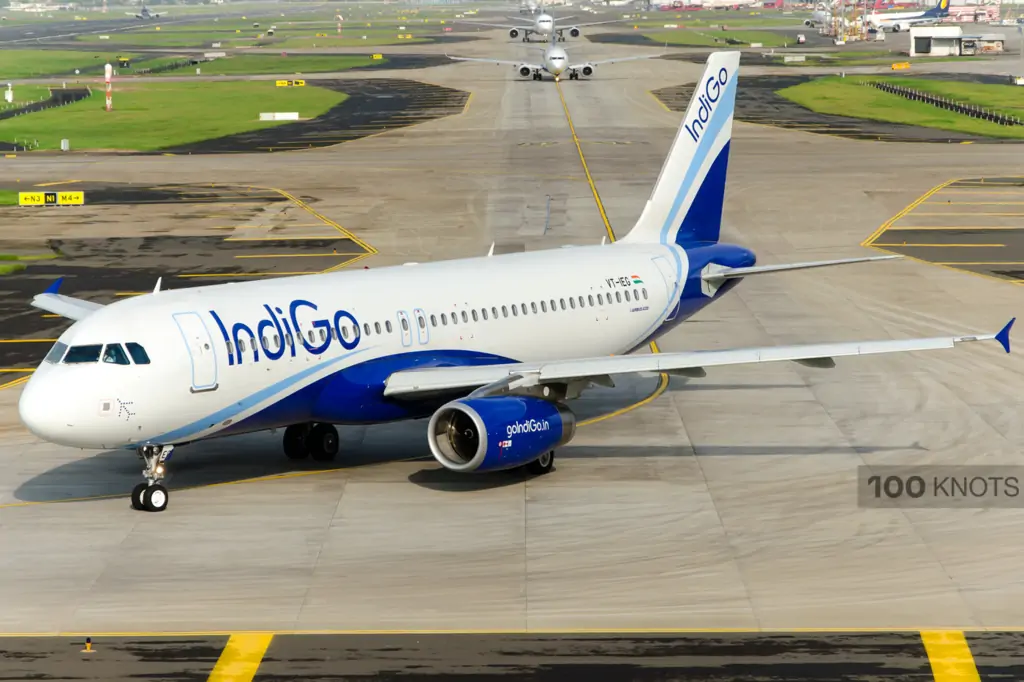
IndiGo continues to take mitigation measures to counter at least 10% of its fleet consistently being grounded by issues relating to the Pratt & Whitney engines that power a significant proportion of its aircraft. Such issues have a particularly high profile, after Go First in early May blamed its suspension of operations on the large number of its Airbus A320neos affected by challenges with Pratt & Whitney PW1100G powerplants.
Speaking during a fiscal fourth-quarter earnings call on 18 May, IndiGo chief executive Pieter Elbers said the number of its Airbus A320neo-family jets grounded was “very stable” in the “high 30s”, from a fleet of just over 300 aircraft. “We have taken a lot of mitigating measures to deal with that situation,” Elbers states, noting that IndiGo’s large fleet gives it planning flexibility that smaller carriers might not have.
Its mitigation measures – including lease extensions within its existing fleet and the wet-leasing of aircraft – are in place as the carrier continues to surge beyond 2019 capacity levels and towards its aim to double its fleet by the end of the decade. Among specific actions taken, IndiGo’s wet-leasing strategy saw it induct its second Boeing 777 aircraft on 17 May, on lease from Turkish Airlines, to operate the Mumbai-Istanbul route.
Elbers further notes that while its aircraft groundings are “directionally stable” in terms of the number of units affected, IndiGo’s incoming A320neo-family jets are powered by CFM International Leap-1A engines, which are not subject to the same challenges. “That automatically changes the ratio”, in terms of the proportion of IndiGo’s fleet affected by the issues as time passes, Elbers says. In the meantime, “we are working closely with Pratt to ensure the issues are addressed”, he states.
Pratt & Whitney has said it is working to tackle durability issues with the PW1100G, which have been compounded by maintenance delays amid supply chain and labour shortages. IndiGo continued on a “path of profitability” in the quarter ending 31 March 2023, as it achieved a record net profit for the period of INR 9.19 billion ($111 million). Its capacity and traffic were both more than a third higher than in the same three months of 2019. IndiGo had 304 aircraft in its fleet on 31 March 2023 – versus 275 a year ago and 217 in March 2019.
IndiGo To Move To CFM Engines
In another report by The Times of India, In a relief from Pratt & Whitney’s (PW) unending engine woes, IndiGo will now start getting CFM engine-powered Airbus aircraft. Following constant snags in PW engines and subsequent delays in replacements, after they go bust, India’s biggest airline (by domestic carriage) in 2021 has selected 620 CFM International “LEAP-1A” engines to power its fleet of 310 new Airbus A320neo family of planes whose delivery was to begin this year.
While cancelling all flights since May 3, Go First had put the blame squarely on PW for grounding half its fleet for months, causing massive losses to the airline. Go First has since gone into insolvency and there is no official word on when it will resume operations. While PW is an American aerospace manufacturer and a subsidiary of Raytheon Technologies, CFM International is a 50/50 Franco-American joint venture between GE Aviation and Safran Aircraft Engines. IndiGo management was asked if they will take Go planes and slots (something which happened after Jet Airways’ stopped flying in 2019) and did not comment.
IndiGo is also asking PW to expedite the delivery of replacement engines. However, people in the know say that the PW engine supply situation may improve only near the end of this calendar year. With so many aircraft grounded when air travel is booming, IndiGo has had to extend leases of aircraft already with it and also take two wide-body aircraft from Turkish Airlines on wet lease. IndiGo has decided its future flight path and plans to double its fleet of over 300 planes before the end of this decade. Indian aviation authorities are also very concerned about PW’s unending woes that have created troubles for IndiGo and Go First.
The DGCA had taken up the issue with the engine maker — starting with tackling the snags some years back and then making it mandatory for PW-powered A320neo to fly with an upgraded version of PW engines — about four years back. While it succeeded in that, getting PW to send replacement engines at a time of supply chain constraints has proven to be in vain so far.
(With Inputs from Flight Global and The Times of India)
Read next
AerCap, the world's biggest aircraft leasing company which is headquartered in Dublin, has leased four new Airbus A321neo aircraft to Air India, the flag carrier of India. AerCap is the first lessor to lease aircraft to Air India under the airline's new Tata Group ownership. The aircraft, powered by CFM LEAP-1A engines, are the first A321neo aircraft to be inducted into the Air India fleet.
Peter Anderson, the chief commercial officer of AerCap, said this is a very exciting time for Air India as it returns to Tata Group ownership and transitions its fleet to meet the rapidly growing Indian aviation market. "AerCap is delighted to play a role in Air India's fleet transformation by providing its first tranche of NEO aircraft on operating lease," he added.
Nipun Aggarwal, chief commercial and transformation officer at Air India, said the four new planes will join the airline's fast-growing fleet as part of the sweeping transformation in progress at Air India. "We look forward to continuing our very successful partnership with AerCap as we go along in our continuing effort to build Air India as one of the world's finest airlines," he added.
Air India on Hiring Spree
Air India announced its intent to hire more than 1,000 pilots, including captains and trainers, as the airline expands its fleet and network. The airline, which currently has more than 1,800 pilots, has placed orders for 470 aircraft with Boeing and Airbus, including for wide-body planes. The latest Airbus firm order comprises 210 A320/A321 Neo/XLR and 40 A350-900/1000. The Boeing firm order comprises 190 B737-Max, 20 B787s and 10 B777s.
The decision to hire pilots comes at a time when the existing employees have flagged concerns about revamping their salary structure and service decisions. According to a recent media report, the pilots of Air India reached out to Tata Sons Ltd Chairman Emeritus Ratan Naval Tata. In an online petition, the pilots said, "Their morale is low as they are not being treated with respect and dignity by the airlines' Human Resource (HR) Department."
The carrier, which the Tata Group took over in January last year, is hiring more than 1,000 pilots, according to a newspaper advertisement. "We are offering multiple opportunities and accelerated growth across our A320, B777, B787 and B737 fleet for captains and first officers, as well as trainers," adding that more than 500 aircraft are joining its fleet.
On April 17, Air India rolled out a revamped compensation structure for its pilots and cabin crew, which has since been rejected by the two pilot unions - Indian Commercial Pilots Association (ICPA) and Indian Pilots Guild (IPG) - on grounds that the airline, in alleged violation of labour practices, did not consult them before finalising the new contracts.
Air India is on the lookout for over 4200 cabin crew and 900 pilots in 2023 as the airline adds new aircraft and rapidly expands its domestic and international operations. Currently, Air India has around 1,600 pilots to operate its 113 aircraft fleet and in recent times, there have been instances of ultra-long-haul flights getting cancelled or delayed due to a shortage of crew.
Tata Group has four airlines -- Air India, Air India Express, AIX Connect and Vistara, which is a joint venture with Singapore Airlines. The group is in the process of merging Air India Express and AIX Connect as well as Vistara with Air India. Air India, which Indian conglomerate Tata bought from the government as it burned taxpayer's money with piling losses and debt, is seeking a multi-stage transformation roadmap towards becoming a “world-class global airline with an Indian heart."
The flag carrier is expanding its fleet and network, revamping its customer proposition, and improving reliability in operations. Earlier in April, the airline said it had concluded its five-year transformation plan’s first phase, Vihaan.AI Between May 2022-February 2023, Air India hired over 1900 cabin crew. Over 1,100 cabin crew have been trained in the last seven months (between July’22-January’23), and in the past three months, approximately 500 cabin crew have been released for flying by the airline. The first phase in the airline's transformation journey focussed on addressing legacy issues of the airline and laying the foundation for future growth.
Air India also recently announced it will use artificial intelligence-driven chatbots and other initiatives as part of modernising the digital systems for which it has made an initial investment of USD 200 million.
About AerCap
AerCap is the global leader in aviation leasing with one of the most attractive order books in the industry. AerCap serves approximately 300 customers around the world with comprehensive fleet solutions. AerCap is listed on the New York Stock Exchange (AER) and is based in Dublin with offices in Shannon, Miami, Singapore, Memphis, Amsterdam, Shanghai, Dubai, Seattle, Toulouse and other locations around the world.
About Air India
Founded by the legendary JRD Tata, Air India pioneered India's aviation sector. Since its first flight on October 15, 1932, Air India has had an extensive domestic network and has spread its wings beyond to become a major international airline with a network across the USA, Canada, the UK, Europe, Far East, South-East Asia, Australia, and the Gulf. Air India is a member of Star Alliance, the largest global airline consortium. After 69 years as a government-owned enterprise, Air India and Air India Express were welcomed back into the Tata group in January 2022. The present management at Air India is driving the five-year transformation roadmap under the aegis of Vihaan.AI to establish itself as a world-class global airline with an Indian heart.
Read next
Qantas to Lease Two A330 from Finnair to Meet Demand and to be at Full Capacity by March 2024
Abhishek Nayar
19 May 2023
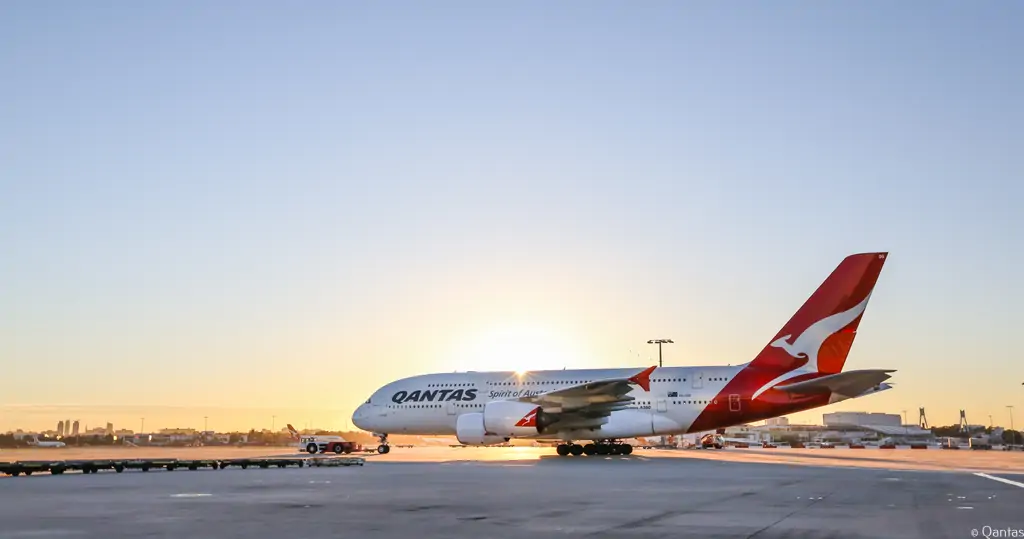
Qantas, one of Australia's primary airlines, plans to expand its international footprint through a variety of strategic initiatives. Qantas wants to restore capacity and provide expanded flying alternatives to important locations worldwide, with an emphasis on satisfying rising travel demand and the overall recovery of the aviation sector. Qantas aims to strengthen its position as a major participant in the worldwide aviation environment by adding more flights, boosting connectivity, introducing new routes, and leasing extra aircraft.
Present Situation
From late October 2023*, the national airline will add around one million seats to its international network over a 12-month period, giving consumers more options to popular locations in Asia, the United States, and the Pacific. More Qantas aircraft will return to service, new aircraft will enter the fleet, and an agreement with oneworld partner Finnair to operate two Airbus A330 aircraft on two Qantas routes will enable the increased capacity.
Increased Flights to Key Destinations
Qantas will increase flights to popular destinations like Tokyo, Los Angeles, and New York, recognizing the significance of catering to traveler preferences and boosting accessibility. These additional flights will not only improve connections, but will also provide travelers with more options when arranging their trips. By boosting the number of flights to these important locations, Qantas hopes to fulfil increased demand and provide travellers with a variety of alternatives.
Increasing Frequency to Tokyo
Qantas has taken an important step towards expanding its Tokyo operations by tripling the frequency of flights between Australia and Japan. With the addition of four daily flights to Tokyo, travelers will benefit from more convenience and additional travel options. This effort intends to provide seamless travel experiences for both business and leisure travelers, as well as strengthen the airline's commitment to servicing the Asia-Pacific region.
Brisbane Now has New International Routes
Qantas will launch two new international flights from Brisbane, Australia, as part of its development plan. This action demonstrates the airline's commitment to delivering different travel alternatives to its passengers. These new routes will not only boost tourism but also improve connections between Brisbane and worldwide locations. From this bustling Australian city, travellers can expect intriguing new places and possibilities to explore the world.
Leasing Finnair A330s
Qantas has entered into a leasing deal with Finnair to satisfy the rising demand for flights and ensure enough capacity. Qantas will lease two Airbus A330 aircraft from Finnair as part of this agreement. This strategic approach enables Qantas to successfully handle the spike in demand while continuing to provide great service and comfort to its guests. Qantas' proactive attitude towards satisfying customer requirements and strengthening its position as a premier international airline is demonstrated by the lease of additional aircraft from Finnair.
Requirements for human resources
Qantas recognizes the need for extra-trained individuals to support the expanded operations as its worldwide network expands. To accommodate the rising demand for flights, an additional 300 pilots and cabin crew members will be needed. This opens up interesting chances for aviation experts to join the Qantas team and help the airline succeed. Qantas intends to grow its personnel in order to provide great service and a smooth travel experience to all passengers.
Conclusion
Qantas is taking bold moves to strengthen its international network and restore capacity in response to robust travel demand and the overall recovery of the aviation sector. Qantas has positioned itself to deliver greater travel options and seamless connections for travelers by boosting flights to important destinations, tripling frequency to Tokyo, introducing new international routes from Brisbane, and leasing more aircraft from Finnair. These initiatives not only respond to client preferences but also contribute to the aviation industry's general growth and vitality.
With Inputs from Qantas
Read next
Interglobe Aviation Ltd, the operator of domestic airline IndiGo on May 18 reported a second consecutive quarterly profit of INR 919 crore for the quarter ended March 31, 2023, as strong demand for air travel overshadowed high fuel prices. The biggest budget airline by market share had posted a net loss of INR 1,680 crore in the year-ago period.
However, the quarterly performance missed Street estimates, which had predicted a likely profit of INR 1,418 crore, according to an average estimate of five brokerages. IndiGo said the profits of the third and the fourth quarters largely compensated for the losses incurred in the first and the second quarters.
The March quarter profit came after it reported an 11-fold jump in profit for the October-December quarter. IndiGo last posted two consecutive profitable quarters in June 2019. Moreover, IndiGo's revenue from operations grew 76.5% to INR 14,161 crore from INR 8,020 crore in the same quarter last fiscal.
The carrier's EBITDAR (earnings before interest, tax, depreciation, amortisation and rent) recorded a massive 1,627% surge and jumped to INR 2,966.5 crore as against INR 171.8 crore YoY, while its margin increased manifold to 20.9% versus 2.1% (YoY). Passenger ticket revenues during the fourth quarter rose 81% to INR 12,435 crore, while ancillary revenues were INR 1,445 crore, showing an increase of 37% compared to the same period last year.
IndiGo's yields, a metric for profitability, rose 10.2% year-over-year to INR 4.85 per kilometre. The carrier's load factor, or the passenger carrying capacity being utilized, improved by 7.5 percentage points to 84.2%. Total expenses for the quarter ended March were at INR 13,680 crore, an increase of 38% over the same quarter last year. Average fuel prices increased by 23% leading to an increase in fuel CASK (cost per available seat kilometre) by nearly 17% to INR 1.85. Meanwhile, due to higher capacity, CASK (ex-fuel) dropped 21% to INR 2.53.
Operationally, the airline's capacity increased 49% to 30.4 billion during the March quarter, while passenger numbers jumped 60% to 23.4 million. The revenue per available seat kilometre (RASK), on the other hand, rose 18% to INR 4.68 during the March quarter. The company expects capacity in terms of ASKs to increase by around 5-7% QoQ in the first quarter of FY24. IndiGo had a total cash balance of INR 23,424 crore, comprising INR 12,195 crore of free cash and INR 11,229 crore of restricted cash, as of the March quarter.
Commenting on the results, Pieter Elbers, CEO, said, “The company-wide initiatives undertaken based on the three strategic pillars of reassure, create and develop enabled us to end the year on a strong note with record revenues. I would like to thank the 86 million customers for choosing to fly with us in the financial year ended March 2023 and the 6E employees for their immense hard work and dedication."
IndiGo's next phase of growth will involve "combining our solid Indian foundations with our international aspirations," Pieter Elbers told analysts in a call after the airline reported its second consecutive quarterly profit. IndiGo CEO Pieter Elbers said that with a combination of robust market demand and focused execution of its strategy, the March quarter was the second consecutive quarter wherein the airline produced strong operational and financial results.
IndiGo Dealing With Challenges
IndiGo has been grappling with high fuel costs and foreign exchange volatility, dragging it to losses in two of the last four quarters. However, the carrier has benefited from a strong post-pandemic recovery in domestic air travel in the world's third-largest aviation market.
Air travel has recovered strongly from the impact of COVID-19, although global supply chain disruptions continue to delay the delivery of aircraft and components, and the financial problems of some airlines have raised concerns about possible cost increases.
While IndiGo is also expected to benefit from the turmoil at smaller rival Go First, which filed for bankruptcy earlier this month, it also faces increased competition from new entrant Akasa Air and Tata Group, which took over Air India.
Go First has blamed engine maker Pratt & Whitney's engines for the grounding of about half its fleet and eventual bankruptcy. Pratt, part of Raytheon Technologies, said the claims were without evidence. Several of IndiGo's planes also have Pratt & Whitney engines and it had to ground over 35 aircraft due to a lack of spare engines, Elbers said, adding he did not expect the situation to worsen.
IndiGo serves 78 domestic and 26 international destinations. It has another 500 planes on order that have yet to be delivered, Elbers said. It was reported that it is also in talks on a new order of over 500 planes. As of March 2023, the airline had a fleet of 304 aircraft including 21 A320 CEOs, 162 A320 NEOs, 79 A321 NEOs, 39 ATRs, 2 A321 freighters and 1 B777 (damp lease); a net increase of 2 passenger aircraft during the quarter. IndiGo operated at a peak of 1,815 daily flights during the quarter including non-scheduled flights. It also does not expect a significant increase in lease expenses due to inflation or a rise in interest rates.
In FY24 IndiGo plans to add 40-50 aircraft and ramp up its network as it aims to handle 100 million passengers (as against 86 million in FY23). It is using its INR 12,000-crore cash balance to prepare for the future. This includes investment in new products and technologies, including a loyalty programme and freighters.
Shares of IndiGo on Thursday, May 18 closed 1.57% lower at INR 2,264 apiece on BSE.
Reason for Success and Next Phase of Growth
The management said that the forward bookings remain robust and the airline will expand further in Central and South Asia, along with the Middle East. The airline is also hiring 5,000 employees and aims to double its size by 2030. This comes at a time when the average daily air passenger traffic in the Indian civil aviation market touched 420,000 during the quarter, higher than the daily air passenger traffic in the pre-pandemic year of 2019, as per data from the civil aviation regulator Directorate General of Civil Aviation.
Speaking in a post-earnings conference call, Elbers said IndiGo is seeing robust demand for flying in the current quarter and yield is higher when compared to the year-ago period that saw capacity constraints in the domestic market.
"Due to the grounding of a competitor there is limited capacity in the domestic market at the moment," Elbers said. He added that it would be very premature to comment on the acquisition of any aircraft that may be available domestically in India, due to a competitor being grounded.
Elbers also said that he does not expect any more of IndiGo's planes to be grounded growing forward as all the new planes coming in were fitted with CFM International LEAP engines. "We continue to work on supply chain issues but are confident that growth will not be hampered by grounded planes," Elbers said.
Read next
Mergers and acquisitions are prevalent in the aviation industry as corporations attempt to simplify operations and acquire a competitive advantage. A potential merger between the country's two main airlines has lately received a lot of attention in South Korea. However, this ambitious project has run into difficulties in the West, where both the US government and the European antitrust commission have raised reservations.
Present Scenario
According to Politico, the Department of Justice is considering suing to block Korean Air's proposed acquisition of Asiana Airlines Inc., claiming it will impair competition on passenger and freight travel between South Korea and the United States. According to one of the sources, the Biden administration is worried that the merger will give one corporation too much influence over cargo transportation of critical items such as microchips, which might impair supply chain resiliency.
The Proposed Merger
The planned merger of Korean Air with Asiana Airlines would result in a formidable company that would become the world's seventh-largest airline. This strategic decision aims to capitalize on both airlines' strengths and synergies in order to increase competitiveness in the global aviation market. The united organization intends to provide passengers with a better travel experience while reducing operating costs by integrating its resources, fleet, and route networks.
The US Government's Lawsuit
According to recent media reports, the US government is considering filing a lawsuit to block the proposed merger. The main source of worry for US authorities is the possible reduction in competition, which might result in higher fares and less customer choice. The government is concerned that the combination would establish a dominant market player, reducing competition and perhaps hurting consumers.
Objections of the European Antitrust Body
In addition to the concerns expressed by the US government, the European Commission has voiced preliminary objections to the planned merger. The antitrust agency is concerned that the combination could result in less competition on certain routes, thereby raising costs and harming consumers. These criticisms underline the importance of thoroughly investigating the merger's possible implications for market dynamics.
Impact on the Airline Industry
The planned merger has spurred discussions within the airline industry regarding its potential consequences. Proponents say that the merger will improve operational efficiency, connectivity, and profitability for the amalgamated business. They think that by merging resources and adopting synergies, the amalgamated airline will be able to better resist competitive pressures and manage the ever-changing aviation industry.
Potential Merger Advantages
Despite the challenges and objections, there are possible benefits to the proposed merger. For starters, the amalgamated entity's combined resources and increased network may result in enhanced connectivity, allowing passengers to reach a larger range of places with more ease. Furthermore, the consolidation might result in simpler operations and cost savings, which could eventually translate into lower rates for travellers.
Criticisms and Reservations
While there may be some advantages, it is critical to address the issues and complaints raised by the proposed merger. One of the primary concerns is the potential loss of market competitiveness. Critics believe that the combination will result in fewer options for travelers as well as fewer incentives for the merged business to maintain competitive prices and service quality.
Considerations for Regulation
Given the significance of the proposed merger, it is critical to assess the regulatory environment. The role of antitrust and competition authorities in examining the possible impact on market dynamics, consumer welfare, and fair competition is critical. It is their job to guarantee that the planned consolidation does not result in anti-competitive behavior or harm consumer interests.
Prospects for the Future
The planned merger's future prospects remain unknown. The prospective action by the US government and the complaints of the European antitrust commission poses considerable hurdles for the airlines concerned. However, both sides may engage in talks, provide solutions, or make concessions to meet regulators' concerns.
Conclusion
The proposed merger of South Korea's two main airlines has run into opposition in the West, with the US government considering a lawsuit and the European Commission voicing preliminary concerns. While the combination has the potential to boost connection and operational efficiency, there are concerns about diminished competition and detrimental effects on staff and customers.
With Inputs from Korea Economic Daily
Read next
The merging of the Air Canada Pilots Association (ACPA) with the Air Line Pilots Association (ALPA) was a key move in the aviation sector recently. This historic merger follows the unanimous approval of Air Canada pilots earlier this month, opening the path for a single voice and greater representation for pilots across North America.
ACPA and ALPA: Background
The Air Canada Pilots Association (ACPA) and the Air Line Pilots Association (ALPA) have long been advocates for pilots' rights and interests. Since its inception in 1963, the ACPA has served as the voice of Air Canada pilots, working to improve pilot professionalism, safety, and job security. ALPA, which was founded in 1931, is the world's biggest pilot union, representing over 60,000 pilots and 40 pilot organisations throughout North America.
Current Situation
The Air Canada Pilots Association (ACPA) and the Air Line Pilots Association (ALPA) finalized their merger after an overwhelming decision by Air Canada pilots earlier this month. ALPA is the largest pilot union in the world, representing 40 pilot groups across North America.
Motives for the Merger
ACPA and ALPA decided to join due to their similar aims and interests. The two organisations hope to boost pilot representation, improve working conditions, and raise safety standards by pooling their resources, experience, and collective bargaining power. The merger also opens up the possibility of more collaboration and coordination among pilot groups, which will eventually benefit pilots, passengers, and the aviation industry as a whole.
The Voting Procedure and the Results
ACPA began the merger process by completing a detailed voting procedure among its members. The vote was accessible to all Air Canada pilots, allowing them to express their thoughts on the proposed merger. The response was extremely favorable, with a large majority of pilots supporting the merger. This strong mandate from the pilots reflects their support and conviction in the merger's potential advantages.
The Merger's Implications
The merging of ACPA and ALPA has a number of consequences for the pilot community and the aviation business. First and foremost, the merger increases pilots' collective negotiating power. A unified front enables employees to bargain more successfully with airline management on crucial issues including pay, working conditions, and safety standards. Furthermore, exchanging resources, information, and best practices between ACPA and ALPA can result in enhanced training programmes and greater safety measures.
Impact on the North American Aviation Industry
The merger of ACPA and ALPA has far-reaching consequences for the North American aviation sector. The combination has the ability to impact labor relations and industry standards by merging the resources and experience of ACPA and ALPA. The united association's single voice of pilots can lead to a more uniform and effective application of safety procedures, maintaining the greatest degree of safety for pilots and passengers alike. Furthermore, the merger may inspire other pilot unions and organisations to unite and work towards similar goals, resulting in a more unified and harmonious aviation sector.
Conclusion
Finally, the merging of the Air Canada Pilots Association (ACPA) with the Air Line Pilots Association (ALPA) is a watershed moment in the aviation sector. The strong support for the merger among Air Canada pilots demonstrates their belief in its potential benefits for their professional lives. ACPA and ALPA's combined strength, knowledge, and resources will result in a more powerful and effective pilot association, improving the representation and welfare of pilots across North America.
With Inputs from Reuters

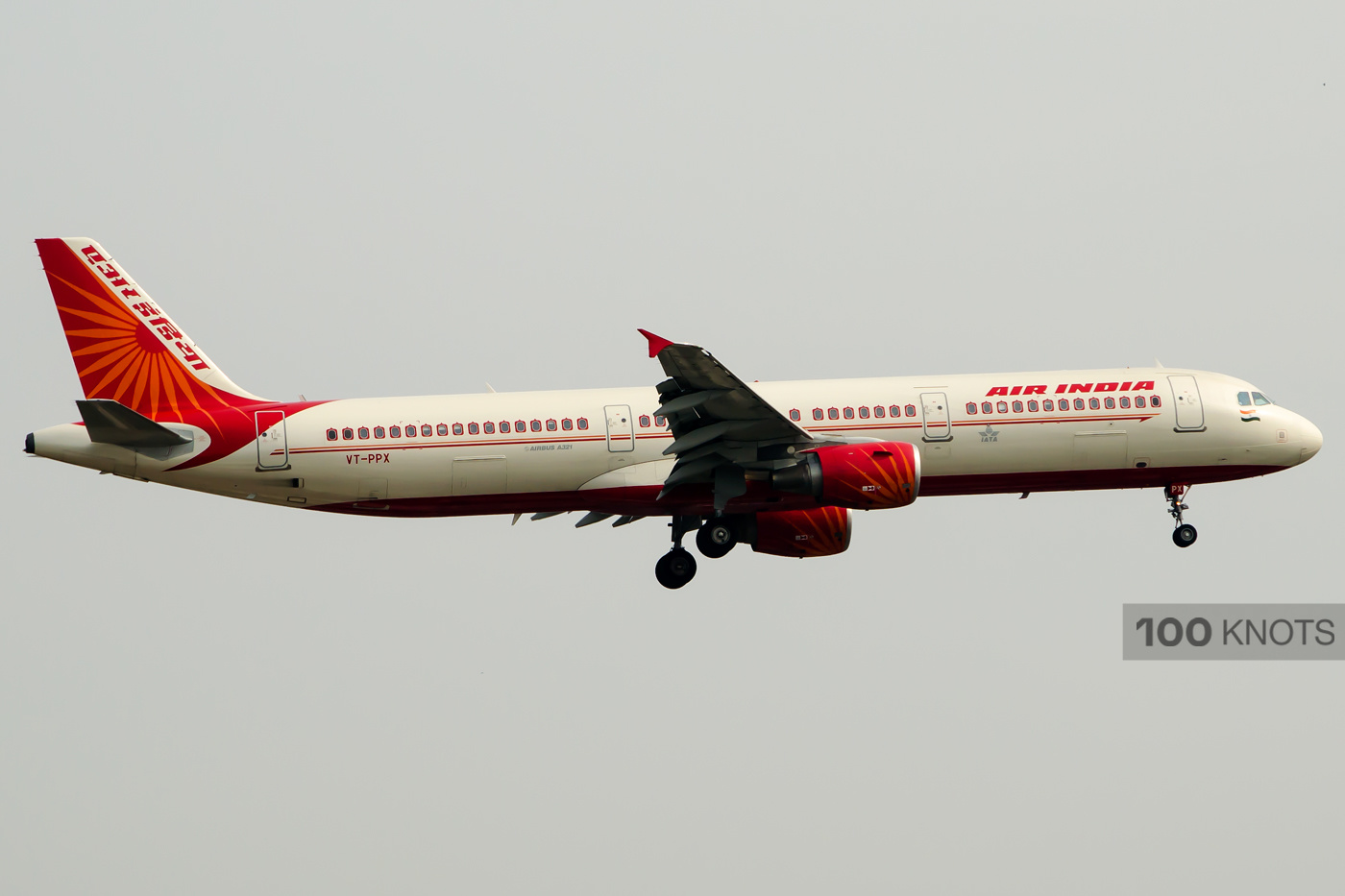

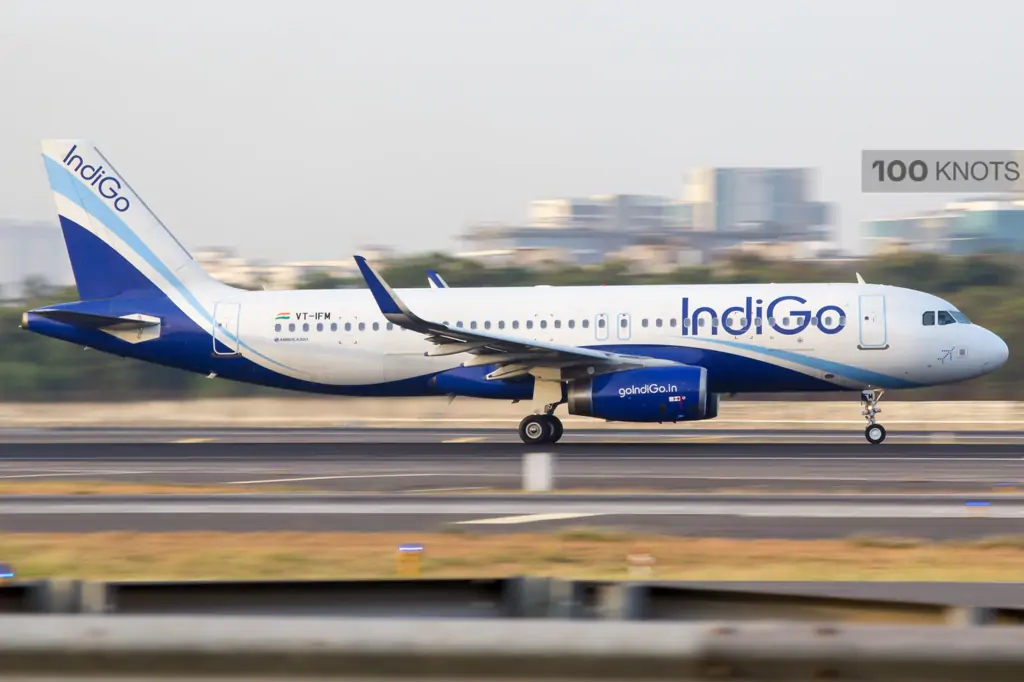
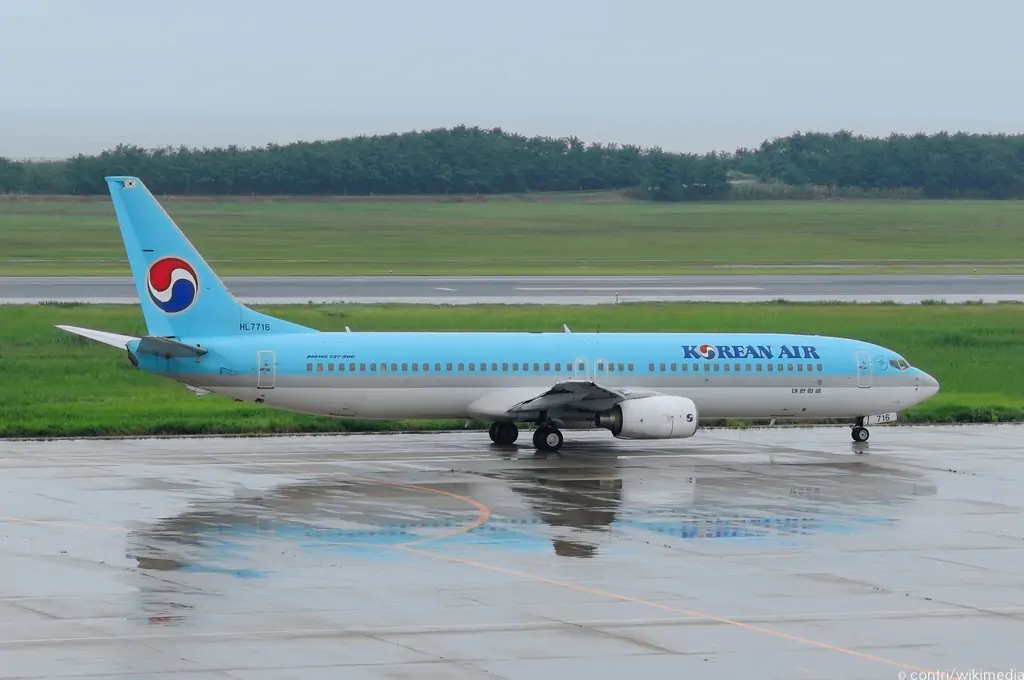
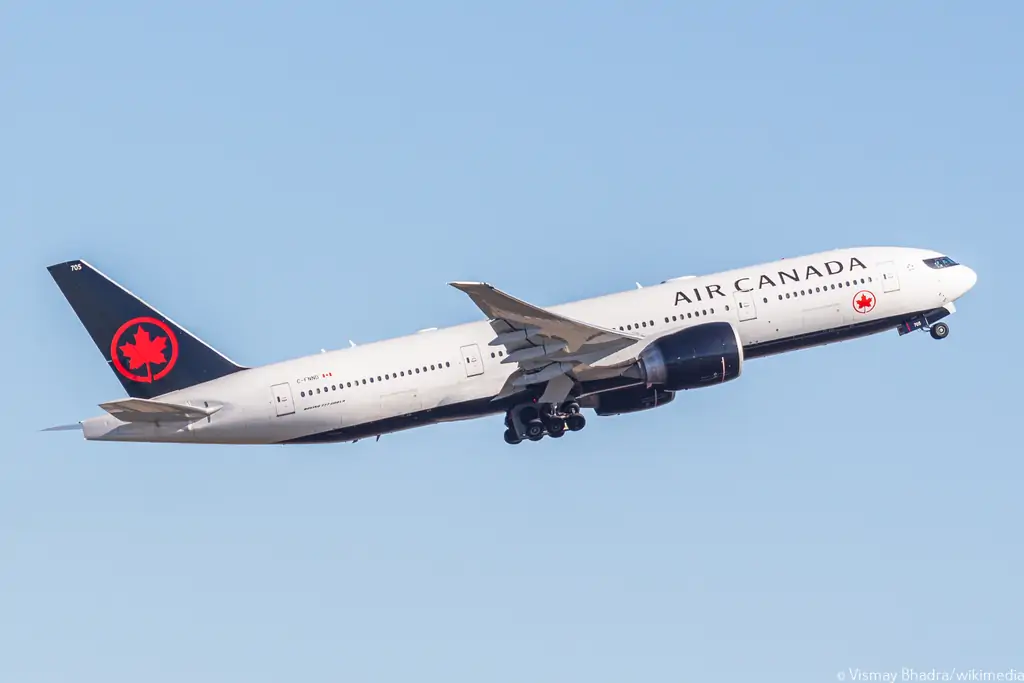
Comment